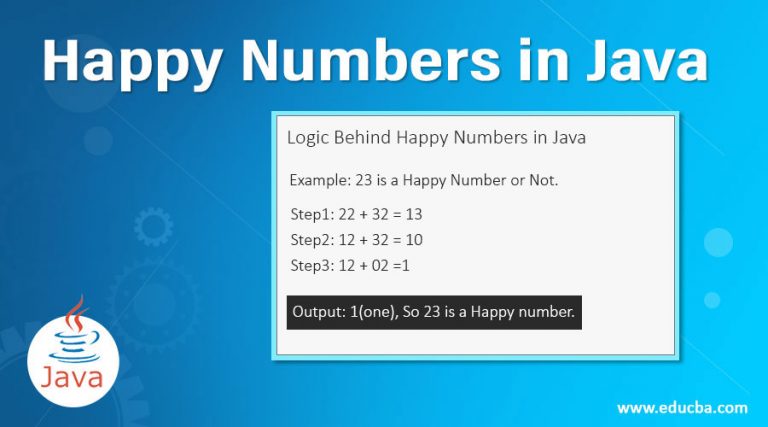
So take out a sheet of paper, find something to write with, and see if how many happy numbers you can find. Try other numbers, starting with 3 and with a sharp eye for the 4, 16, 37, and 58 results pattern to tell you the number is not happy. In fact, the numbers will repeat this cycle forever. Therefore, those numbers will never be happy. Okay, let's stop to explain that if the numbers 4, 16, 37, 58, 89, 145, 42, 20, and 4 show up in this order, we know the number will never resolve to 1.

37 split up becomes (3 x 3) + (7 x 7) or 9 + 49 equals 58. 4 squared (4 x 4) is 16 which, when split, becomes (1 x 1) + (6 x 6) or 1 + 36 equals 37. 1 times itself (1 x 1) equals 1 and is, therefore, a happy number.If the result or the original number has multiple digits, take each digit by itself and square the digit (multiply it by itself). If the number is a single digit, square it (multiply it by itself).
To determine if a number is happy, or not, follow these simple rules with any number: Finding Happy Numbers can be a satisfying chore for a few minutes or a few hours. Happy Numbers can be reduced to 1 with a simple formula.

While numbers do not feel emotion, people do respond emotionally when numbers behave consistently in surprising and amusing ways. Solutions will be offered at the bottom of the page but you have to promise not to to cheat and look up the answer. The ability to carefully tease out an answer from a complicated problem, reducing complexity and confusion to the simplest possible units, also is key to learning computer science and programming.Įvery issue of this magazine will have at least one puzzle and math problem.
#Happy numbers list how to#
Recreational math problems and puzzles are key to learning how to solve problems.


 0 kommentar(er)
0 kommentar(er)
